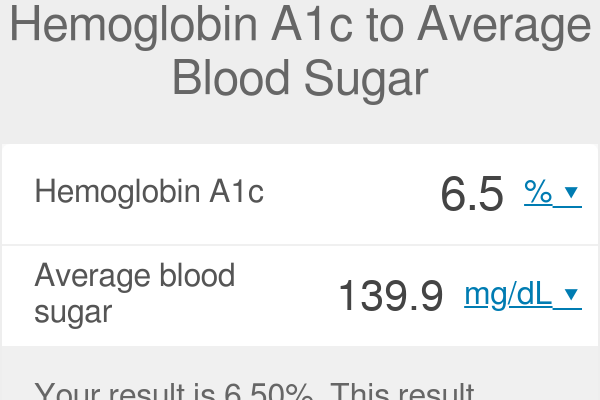How is the quarterback rating calculated

In the world of American football, the quarterback is a vital player on the team and their performance is an essential aspect in determining if their team will achieve victory. To measure the effectiveness of a quarterback, there is a metric known as ‘quarterback rating’ or ‘passer rating.’ This article will explore how this rating is calculated, its significance, and how it impacts professional football.
The NFL and NCAA use slightly different formulas for calculating quarterback ratings. In this article, we will focus on the NFL (National Football League) quarterback rating formula, which takes four elements into account: completion percentage, yards per attempt, touchdowns per attempt, and interceptions per attempt.
The formula for calculating the NFL quarterback rating comprises four steps:
1. Completion Percentage – The number of completed passes divided by pass attempts (multiply the result by 100 if you want to express this as a percentage). To factor this into the passer rating:
((Completion Percentage – 30) / 20) * 100
2. Yards Per Attempt – The total number of passing yards divided by pass attempts:
((Yards per Attempt – 3) / 4) * 100
3. Touchdowns Per Attempt – The total number of passing touchdowns divided by pass attempts:
(Touchdowns per Attempt * 20) * 100
4. Interceptions Per Attempt – The total number of interceptions divided by pass attempts:
(2.375 – (Interceptions per Attempt * 25)) * 100
Now add all the results from steps 1-4 and divide this sum by six; finally, multiply your answer by 100 to get the QBR (quarterback rating).
It’s crucial to remember that each of these four steps’ final results must be capped between zero and a maximum value (usually set at 2.375). This capping process ensures that an exceptionally great or poor performance in any single category won’t skew the overall rating.
The quarterback rating ranges from 0 to 158.3, with 158.3 being a theoretically perfect passer rating. For context, a passer rating above 95 is considered excellent in the NFL, while an average NFL quarterback would have a rating around 85.
The passer rating is used by teams and analysts to evaluate a quarterback’s performance during a game and over their career. However, it’s crucial to consider that although this metric is useful for comparison purposes, it does not provide a comprehensive picture of a quarterback’s abilities. Factors like leadership skills, decision-making under pressure, game-winning drives, and other intangible qualities are challenging to quantify but significantly impact a quarterback’s success on the field.
In conclusion, the quarterback rating serves as a helpful tool to gauge an NFL quarterback’s passing proficiency. Although it may not cover every aspect of their performance, it offers valuable insights that contribute to more informed decisions made by coaches and players alike. The calculated QBR gives fans and analysts a valuable reference point for comparing different quarterbacks and analyzing the effectiveness of their passing throughout their careers.






